In the present world with so many companies springing up with different products. Some of such products are already in existence while are purely new concepts. In other for each of these companies to distinguish themselves from others, they tend to BRAND their products.
Brand is a concept, name, design, logo or any other feature(s) that helps to differentiate one particular company fron another. With Brand, anyone can tell the difference in the same product(s) produced by different companies.
The advent of computer and programming in the current century has not only done good for the human race but terrible things as well. With computer skills, anyone can easily design the brand of any company to produce fake products. Thus selling such fake products to the customers, which may be dangerous to health. The big question is "How then can customers ascertain that a branded product is actually from the claimed brand company?" I bring you SEAL.

SEAL is the best way for anyone to check if a product is genuine or fake. Seal combines NFC chips, integrated into physical products, the Seal and Seal Network application to provide a quick, simple and secure way to provide authenticity of products and other services.
By giving a secure tokenised version of a physical commodity. Seal allows exact commodity services to operate, such as property transfer, theft prevention, insurance, but also brand identification and stimulation campaigns; and commodity analysis. Seal allows brands to earn money each time their commodities change keeper.
First of its kind in the world history, brands can receive money from things sold through second-hand exchange while protecting their markets from fraudsters. Using the power of the blockchain technology, authenticity can be verified and keepers can be transferred within several years, even if the product itself is postponed, as long as people subscribe to the decentralized Stamp network.
Seal wants to reinstate trust to clients and allow brands to communicate with the most strongly generated clients in the most direct way the Internet has ever seen. Together, we build a better sphere where clients admire the creative work of producers and stop feeding the false economy.
THE PROBLEM
The problem in the current market can be categorise as follows:
Secondary Submarket
Counterfeiters target both the primary and secondary markets. In the main markets, prices are similar to authentic products. In secondary markets, prices may vary considerably (Note: the secondary market is not the same as the second-hand market). According to a study by the OECD, fake Ray-Ban sunglasses, Rolex watches, Louis Vuitton handbags and Nike shoes with very low prices point to the secondary secondary market. In this secondary market, prices are substantially reduced compared to the original because consumers intentionally search for products that violate intellectual property (OECD, 2016, p55-138).
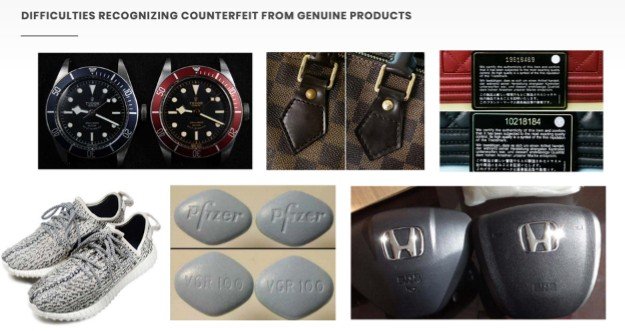
Products can be advertised as proxies or replicas when sellers do not declare that the product is authentic. Instead, the seller can claim that the product is of similar quality to the original. Although Seal can not directly address this market segment, it can be addressed through the use of Seal through customs control.Primary Submarket
Counterfeit goods in a higher price category belong to the main secondary market. These fakes not only violate the IP, but intentionally trick consumers. The prices of these products are only slightly lower than the original product and are often sold as genuine discounted products. The Seal network protects this market. The OECD estimates that international trade in counterfeit goods has reached $ 461 billion in 2013, or 2.5% of world trade. This amount does not include counterfeits produced and consumed in the country or counterfeits that have been distributed online.Secondhand Market
The second-hand market is extremely sensitive to corruption and very low in consumer confidence. Many products lose value in the second-hand market, but products that seal targets normally serve as valuable stores. The integrity of the second-hand market determines whether or not the brand can sell products at a premium price. Customers will fight en masse once confidence in the authenticity of products on the used market will be compromised, as the harvest is drastically reduced when counterfeiters pollute the market. In other words, when counterfeit products invade the market, consumers will no longer feel confident about buying such products. Not only will they stop buying, they will leave the market altogether (for example, selling their collection).Midnight Shift
The midnight change occurs when consistent brand production partners produce a licensed product that runs during the day, but also creates an unlicensed product overnight. The licensed product is sold through the legitimate supply chain, while the unlicensed product is sold on the black market or placed in the legitimate supply chain via conspiracy distributors. These products are not counterfeit, but constitute a theft of intellectual property by the manufacturer.
HOW SEAL INTEND TO SOLVE THE PROBLEMS
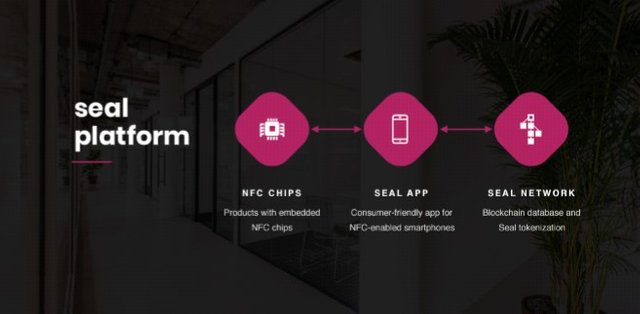
Online Authentication
Online authentication is the only way to guarantee authenticity, but the data residing on the integrated product chip can also be copied. The copies still indicate a valid product entry in the database. To solve the problem, there must be a way to ensure that the data is not duplicated. Blockchain is only part of the solution. A dynamic chip, which changes state every time you interact with it, prevents scammers from passing the chip as real because every time you try to verify it, the data changes. The original and counterfeit product will have obsolete information, indicating that the product has been tampered with.Remove Financial Incentive
Counterfeiting is motivated by financial reasons. To stop the game of cat and mouse between counterfeiters and security specialists, the ability to monetize large-scale counterfeiting must cease. Instead of reinforcing the product itself with special brands or materials that are difficult to counterfeit, we incorporate authenticated chips into a chain of blocks. We collect all these technologies on the Seal platform.Incentivize Adoption
The way to distressed forgers is to create the conditions that will lead brands to adopt Seal. Each year, brands pay millions in terms of brand protection and legal costs. Seal transforms the fight against counterfeiting into a profit center and turbo the platform with lots of valuable services. Whenever ownership is transferred, the brand compensates for the cost of the chip and makes a profit. The ability to earn profits throughout the product life cycle easily justifies the adoption of Seal, while strengthening counterfeiters. This model interrupts the counterfeit economy by converting a cost center into a profit center.Make it easy to verify
Check to see if a product you want to buy is genuine or should not be easy. Consumers can not be expected to evaluate the authenticity of products by observing the smallest details and knowing the production anomalies. The anti-counterfeiting method must be tamper proof, but authenticity must also be easy to verify.Restore Market Integrity
The second-hand market is the one that suffers the most from counterfeits because warehouses are profitable counterfeit targets, the size of the market is huge and it is easy and at low risk of cheating the common people. Seal solves it by completely eliminating the ambiguity of the equation. Not only is it testing the authenticity of the test, brands can finally monetize the second-hand market for the first time in history. This is an important milestone, as many of the world's value stores have product life cycles of over 25 years.
THE SEAL TOKEN
Seal token is built on the ERC20 blockchain system. The utility of the token will be based on:
- Value Creation: The value of the token will be directly linked to the brand that placed their commodities on the network.
- Network Effort: The token increases as more brands adopt the platform.
- Currency of Authentication: The token will serve as a means of exchange for consumers and companies on the seal ecosystem.
- Decentralize Apps for Brand: The token can be used for communication on the dApp (brand apps).
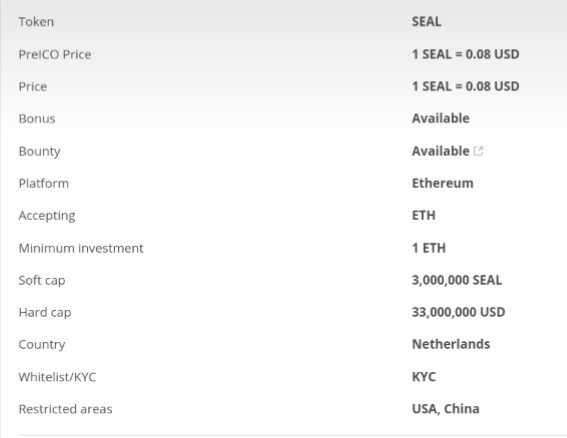
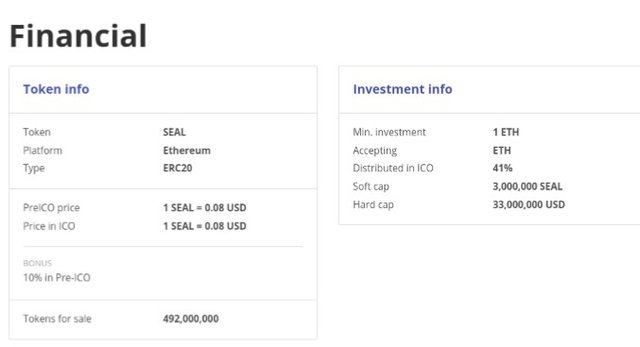
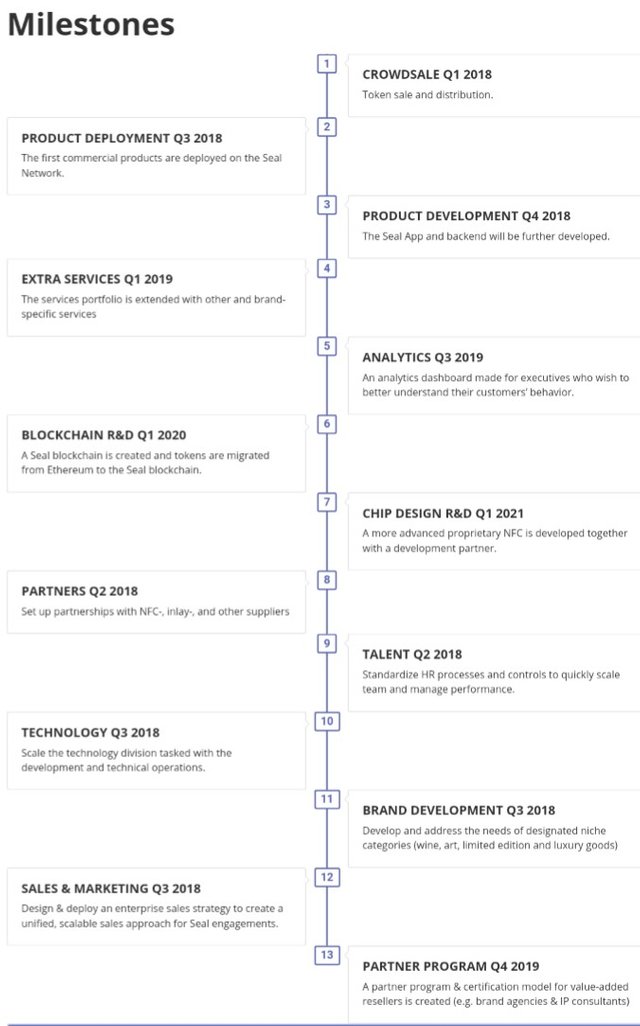
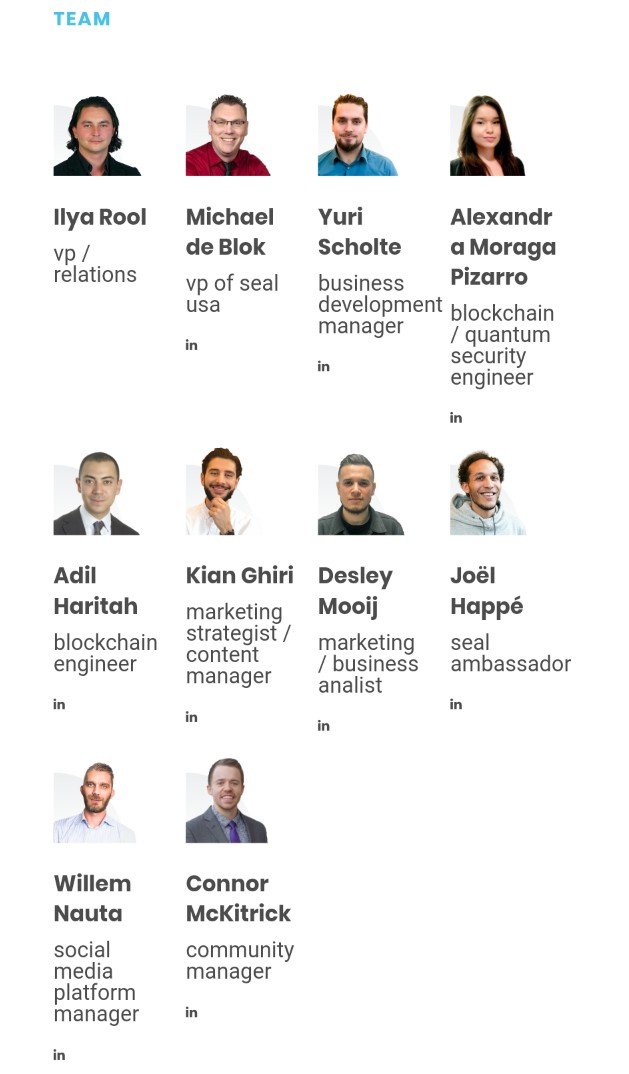
Kindly visit https://seal.network/team.html to know more about the team and advisors.
Other links to visit to get more info are:
Website: https://seal.network/
Whitepaper: https://seal.network/seal-whitepaper.pdf
ANN Thread: https://bitcointalk.org/index.php?topic=2929809.0
Telegram: https://t.me/sealnetwork
Reddit: https://www.reddit.com/r/Seal_Network/
Author's BitcoinTalk Username: Phlaser
BitcoinTalk URL: https://bitcointalk.org/index.php?action=profile;u=1236826
Beautiful piece
Downvoting a post can decrease pending rewards and make it less visible. Common reasons:
Submit
SEAL come to my country please
Downvoting a post can decrease pending rewards and make it less visible. Common reasons:
Submit
Nice review you have here, keep it up
Downvoting a post can decrease pending rewards and make it less visible. Common reasons:
Submit
Seal is from which country and will they operate globally?
Downvoting a post can decrease pending rewards and make it less visible. Common reasons:
Submit
Nice review here. Counterfeits has always spoilt businesses for both investors and buyers. This is coming at the right time.
Downvoting a post can decrease pending rewards and make it less visible. Common reasons:
Submit
I like the idea of putting an end to Counterfeiting
Downvoting a post can decrease pending rewards and make it less visible. Common reasons:
Submit